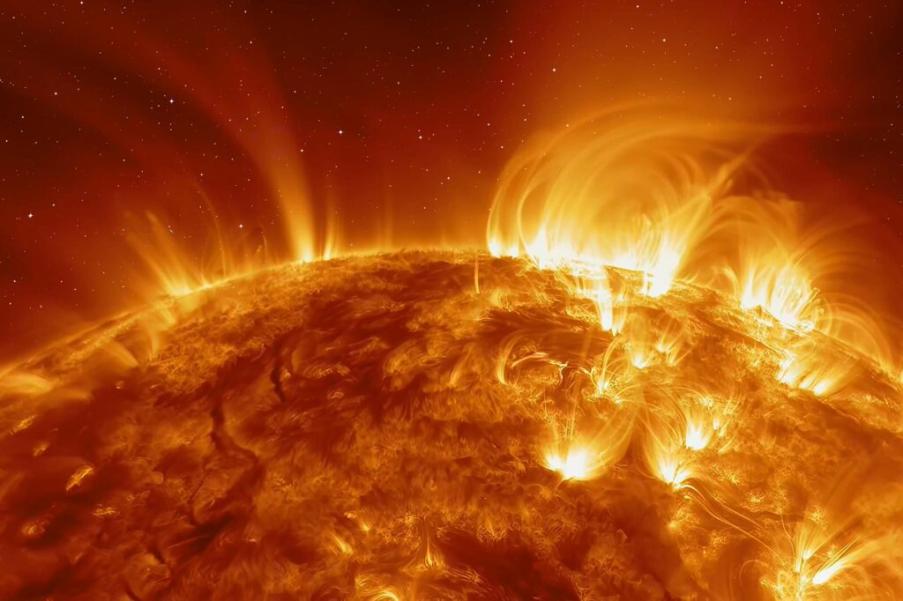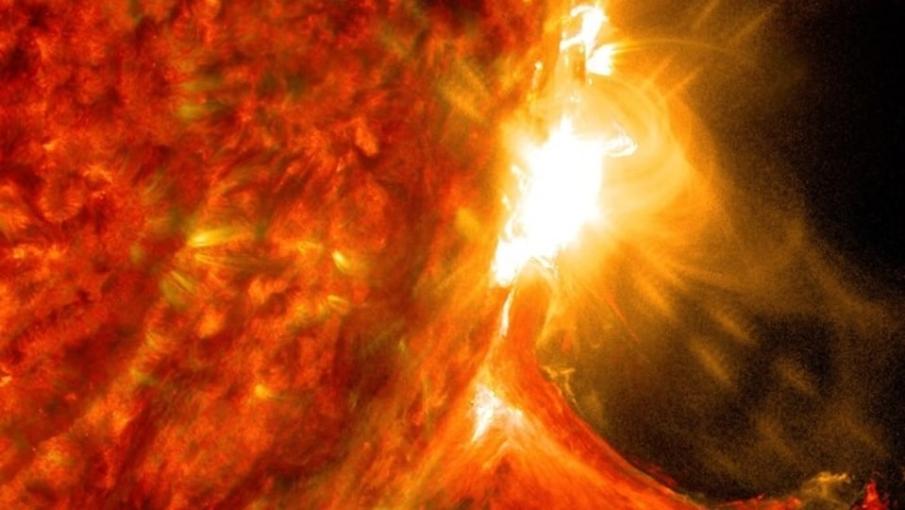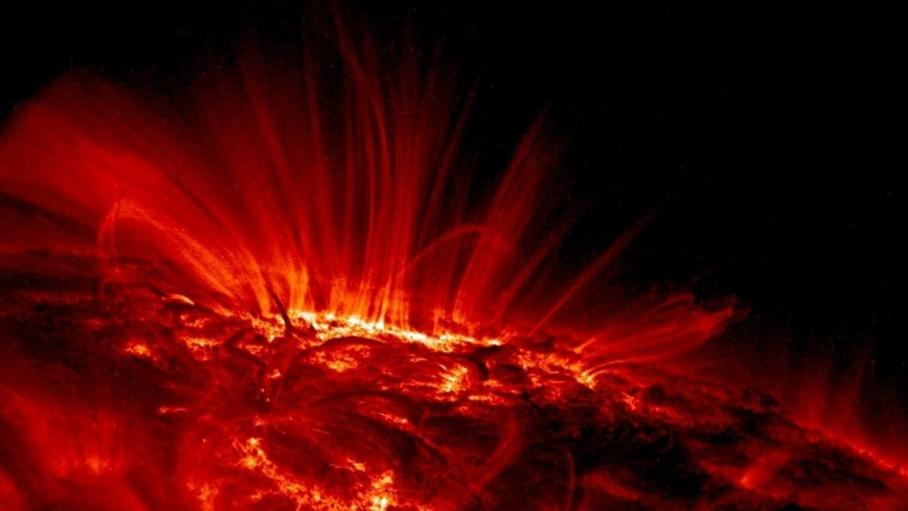How Do Geomagnetic Storms Affect the Northern Lights?
The Northern Lights, also known as Aurora Borealis, are a mesmerizing natural phenomenon that captivates the imagination of people worldwide. These celestial displays are caused by the interaction between Earth's magnetic field and charged particles from the sun, known as the solar wind. Geomagnetic storms, which are disturbances in Earth's magnetic field, play a crucial role in intensifying and shaping the Northern Lights.

I. The Science Behind Geomagnetic Storms
1. Solar Wind And Earth's Magnetic Field:
The sun constantly emits a stream of charged particles called the solar wind. These particles travel through space and interact with Earth's magnetic field, creating a dynamic and ever-changing environment.
2. Formation Of The Magnetosphere And Magnetotail:
Earth's magnetic field creates a protective shield known as the magnetosphere. The solar wind interacts with the magnetosphere, forming a boundary called the magnetopause. The magnetotail, a long, tail-like extension of the magnetosphere, stretches away from Earth in the opposite direction of the sun.
3. Substorms And Their Role In Geomagnetic Storms:
Within the magnetosphere, substorms occur when energy stored in the magnetic field is suddenly released. These substorms can trigger geomagnetic storms by causing disturbances in Earth's magnetic field.
II. Impact Of Geomagnetic Storms On The Northern Lights
1. Increased Auroral Activity:

During geomagnetic storms, the energy from the solar wind and substorms is transferred to the Earth's atmosphere. This energy causes an increase in auroral activity, leading to more frequent and intense displays of the Northern Lights.
2. Variations In Auroral Intensity And Colors:
The intensity and colors of the Northern Lights can vary during geomagnetic storms. Auroras can appear brighter and more vibrant, with a wider range of colors, including shades of green, red, purple, and blue.
3. Expansion Of The Auroral Oval:

Geomagnetic storms can cause the auroral oval, the region where auroras typically occur, to expand towards lower latitudes. This means that people living in areas where the Northern Lights are usually not visible may have a chance to witness this natural spectacle during a geomagnetic storm.
III. Examples Of Notable Geomagnetic Storms And Their Effects On The Northern Lights
1. The Carrington Event Of 1859:
The Carrington Event was one of the most powerful geomagnetic storms on record. It caused widespread disruption to telegraph systems and resulted in spectacular auroral displays visible as far south as the Caribbean.
2. The Halloween Storm Of 2003:
The Halloween Storm of 2003 was a significant geomagnetic storm that caused widespread power outages and disruptions to satellite communications. It also produced stunning auroras visible across North America and Europe.
3. The St. Patrick's Day Storm Of 2015:
The St. Patrick's Day Storm of 2015 was a moderate geomagnetic storm that produced intense auroral displays across the northern hemisphere. It was a reminder of the sun's influence on Earth's magnetic field and the beauty of the Northern Lights.
IV. Predicting Geomagnetic Storms And The Northern Lights
1. Space Weather Forecasting Techniques:
Scientists use various techniques to forecast geomagnetic storms and auroral activity. These techniques involve monitoring solar activity, analyzing real-time data from satellites, and running computer models to predict the interactions between the solar wind and Earth's magnetic field.
2. Aurora Forecasting Apps And Websites:
There are several aurora forecasting apps and websites that provide information about upcoming geomagnetic storms and auroral activity. These resources can be helpful for aurora enthusiasts and photographers who want to plan their aurora viewing trips.
3. Importance Of Real-Time Data And Modeling:
Accurate forecasting of geomagnetic storms and the Northern Lights relies on real-time data from satellites and ground-based observatories. Computer models are also used to simulate the complex interactions between the solar wind and Earth's magnetic field, helping scientists better understand and predict these phenomena.
V. Conclusion
Geomagnetic storms play a vital role in shaping the Northern Lights, intensifying their activity, and expanding their reach. Understanding the connection between geomagnetic storms and the Northern Lights is crucial for space weather research, aurora tourism, and appreciating the beauty and power of these natural phenomena. Ongoing research and advancements in space weather forecasting techniques continue to improve our ability to predict and study geomagnetic storms and their effects on the Northern Lights.
YesNo

Leave a Reply